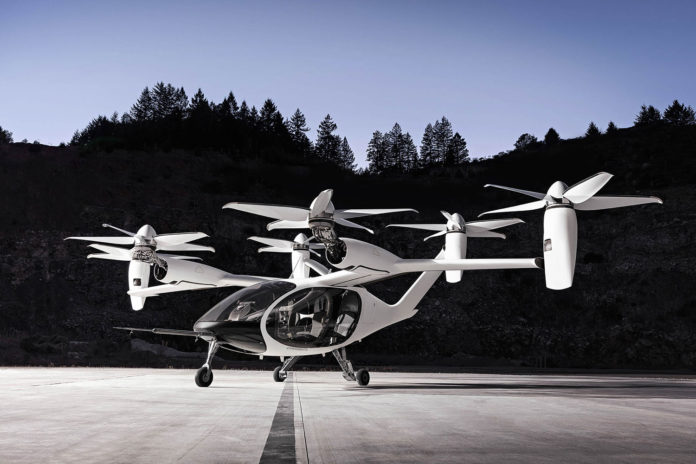The automotive electric vehicle revolution paves the way for urban air mobility, but people must not be naive to believe that electric vehicle batteries are enough for electric flight. The need for fast charging, 30 times the energy throughput, and three times the power demand requires a new generation of batteries.
Engineers at Penn State have now demonstrated two energy-dense lithium-ion batteries that can recharge with enough energy for a 50-mile eVTOL trip in five to ten minutes. These batteries could sustain more than 2,000 fast charges over their lifetime.
In the last couple of years, several prototypes have emerged – including from companies like Volocopter, Boeing, Lilium, SkyDrive. While some prototypes have included wheels, they all incorporate spinning rotors to facilitate takeoff and landing, including the air taxi shown off last year by Hyundai, which is basically a small helicopter.
“Batteries for flying cars need very high energy density so that you can stay in the air,” said Chao-Yang Wang, holder of the William E. Diefender Chair of Mechanical Engineering and director of the Electrochemical Engine Center Penn State. “And they also need very high power during takeoff and landing. It requires a lot of power to go vertically up and down.“
Engineers define the technical requirements for flying car batteries and report on a prototype battery in Joule. They note that the batteries will also need to be rapidly recharged so that there could be high revenue during rush hours. Wang sees these vehicles having frequent takeoffs and landings and recharging quickly and often.
“Commercially, I would expect these vehicles to make 15 trips twice a day during rush hour to justify the cost of the vehicles,” said Wang. “The first use will probably be from a city to an airport carrying three to four people about 50 miles.”
Weight is also a consideration for these batteries as the vehicle will have to lift and land the batteries. Once the eVTOL takes off, on short trips the average speed would be 100 mph, and long trips would average 200 mph, according to Wang.
The key is to heat the battery to allow rapid charging without the formation of lithium spikes that damage the battery and are dangerous. It turns out that heating the battery also allows rapid discharge of the energy held in the battery to allow for take-offs and landings. The researchers heat the batteries by incorporating a nickel foil that brings the battery rapidly to 60-degrees Celcius.
“I hope that the work we have done in this paper will give people a solid idea that we don’t need another 20 years to finally get these vehicles,” said Wang. “I believe we have demonstrated that the eVTOL is commercially viable.”
